Today’s world is pushing hard to create smarter and safer machines that can quickly respond to what’s happening around them.
Touch plays a huge role in making that possible, but until now, pressure-sensing tech has either been too unreliable or too costly to use at scale.
Teaching machines to understand touch like humans do isn’t just a scientific challenge; it’s a real-world need across industries.
Meet Brighter Signals
Based out of Amsterdam, Brighter Signals is changing this.
Their patented sensor tech gives fabrics the power to feel, just like human skin. With just a single, flexible layer, it picks up not just touch, but how deep and how it moves.
Instead of needing many sensors, Brighter Signals’ technology can gather rich, real-time data from just one.
Recently, the company has emerged from stealth mode to announce its formal launch and the acquisition of a pioneering portfolio of fabric-based high-depth tactile sensor patents that promise to revolutionise how machines and objects detect and measure.
To dive deeper into the mission, challenges, sensor platform, and future plans of the company, we at Silicon Canals spoke with Andrew Klein, CEO of Brighter Signals, as part of our New Kid on the Block series.
Here’s what he has to say
Born from a hospital bed
Backed by Antler VC, an early-stage venture capital group, Brighter Signal was founded by serial entrepreneurs Andrew Klein, Christine Fraser, and Edward Shim.
The idea behind Brighter Signals began in a hospital room. Co-founder Edward Shim was recovering from a collapsed lung, connected to fragile and uncomfortable vital sign sensors.
“Hooked up to vital sign sensors that were intrusive and fragile, he became obsessed with the idea that there had to be a better technology for sensing,” explains Klein.
What followed then was a decade of research and refinement, leading to the creation of fabric-based tactile sensors that are light, flexible, and smart.
Andrew Klein sums up the company’s mission in one line — “We want to give objects and machines human-like abilities to touch.”
Brighter Signals simplified
In plain terms, they make sensors out of fabric.
“We produce a patent-protected tactile sensor made wholly of fabric. Our sensors detect, measure, and monitor touch. They are lightweight, durable, and flexible. Our customers use our sensors to build safer, smarter products that can sense their environments,” explains Klein.
The sensors are also multi-modal, lightweight, durable, and wholly recyclable.
Overcoming industry challenges
At present, the company is initially focused on three high-impact industries:
- Robotics, where its sensors enable high-fidelity tactile sensing for robotic grippers, manipulators, and humanoid systems.
- Automotive, with advanced proof-of-concept deployments in occupant classification and intelligent airbag control via in-seat sensors.
- Healthcare, where the technology enables passive, continuous monitoring of heart rate, breathing patterns, and blood pressure through wearables and smart mattresses, without the need for invasive devices.
“Our initial use cases sit in sectors with long product development cycles, such as automotive and healthcare. You must be patient and persistent. Robotics is also a big opportunity and faces a different set of challenges, but also requires some patience,” he shares.
What sets it apart?
Unlike traditional binary touch sensors, this platform captures nuanced gradients of pressure in real time and can be easily embedded into fabrics, surfaces, and structural components.
“We’ve studied a universe of alternatives – old and emerging. No other technology has the depth and density of real-time measurement or is comparably flexible. Validation has come from some of the world’s leading OEMs,” reveals Klein.
To be precise, it is the depth, flexibility, and precision of its sensors.
Unexpected demand in Robotics
Currently, the Amsterdam-based company is actively collaborating with several of the world’s leading robotics OEMs and Tier 1 suppliers of tactile solutions, as well as automotive OEMs developing next-generation in-cabin sensing systems.
“We expected and are experiencing interest in automotive (safety and comfort), robotics, and healthcare (medical devices). Within robotics, we were pleasantly surprised with the rather urgent interest in using our sensors integrated into gloves in order to gather training data. Training robots and grippers may actually be the low-hanging fruit,” he adds.
Additionally, in healthcare, the company is engaging with academic and clinical partners to validate its breakthrough sensing capabilities in real-world care environments.
How has the vision grown?
What started as a mission to improve pressure sensing has grown into a platform for smart systems.
“The foundational technology was the sensor. We are building on the original invention by developing verticals and use cases based on rich expertise. Next, we intend to internally develop AI and proprietary collections of data that enable us to help OEMs program their machines to take effective actions. Smart solutions are the ultimate deliverables,” he says.
What’s Next?
The company is currently making strategic choices about where to go deep.
“We know we cannot do everything at once, so we have some hard bets to place. Our traction in automotive and robotics is encouraging. The former offers very large volumes in the here and now. The latter will be hugely impactful over the mid to long term,” he says.
Funding, hiring, and road ahead
The company is already in talks with the investment world, although timelines remain open.
“We’re meeting new deep tech investors every week. Our timeline is not clear yet, but at some point in the future, we will be fundraising, and we certainly hope to see a strong reception.”
At present, the Dutch company keeps its core team lean, while working with manufacturing and software partners around the world.
“Our team is small. We are partnering with a global manufacturing group well-known in the automotive sector. And we work with several key third-party developers for our software and AI,” adds Klein.
However, the company is also actively looking to grow.
“We’re looking forward to bringing on leaders on those fronts, timeline over the next 6 to 12 months as our first sensors move out of the factory. We also love our interns and always will welcome more talented young people.”
Brighter Signals is ready to produce its sensors in volume through an outsourced manufacturing partnership, with capacity in both Europe and Asia.
“We aim to see our AI-driven solutions in every car, factory, and hospital,” concludes Klein when talking about the future.
Christine Fraser, COO, adds, “From adaptive grasping in robots to real-time passenger classification in vehicles and passive vitals monitoring in healthcare, our multi-modal sensors enable safer, smarter, more responsive systems. It’s a rare combination of versatility and commercial readiness.”
Backed by Antler
The Amsterdam-based company is backed by Antler, one of the leading early-stage venture capital groups. In this case, the early-stage VC did more than write a check.
“Antler played a critical role in introducing our three co-founders to each other. There are many sources of venture capital. I don’t know anyone else who works as hard to bring individuals together to create founding teams,” concludes Klein.
“With the world racing towards smarter, safer systems, we see accelerating demand for non-invasive and context-aware sensing,” adds Ronald Jan Schuurs, a partner with Antler in Amsterdam. “We could not be more excited to back this truly disruptive technology and the highly accomplished team.”



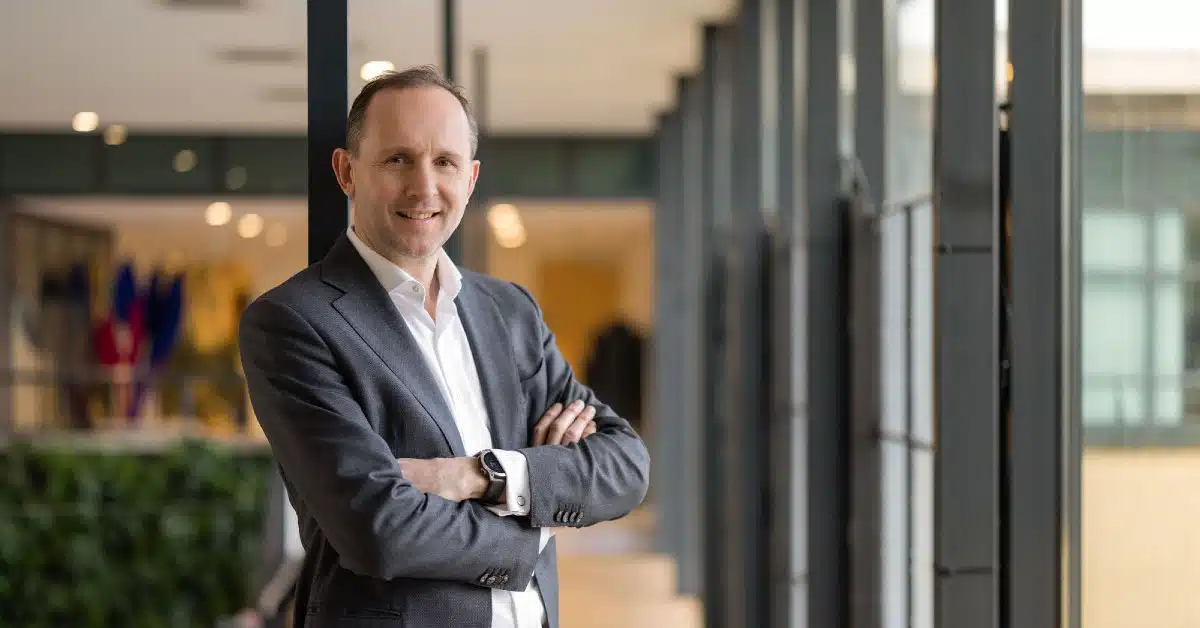
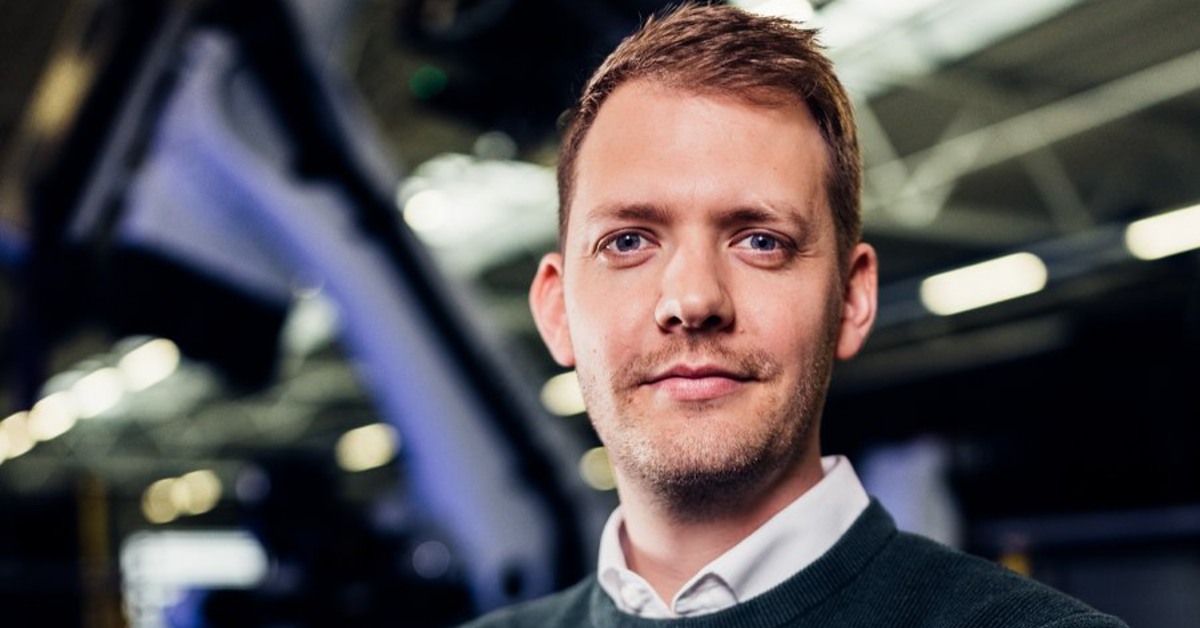
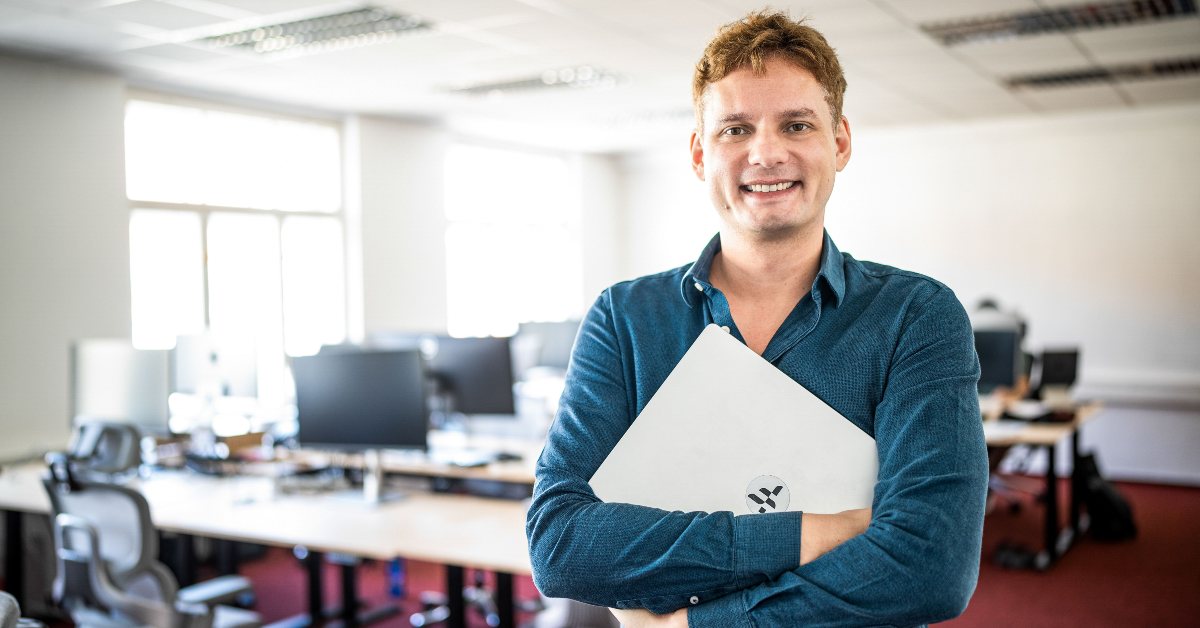
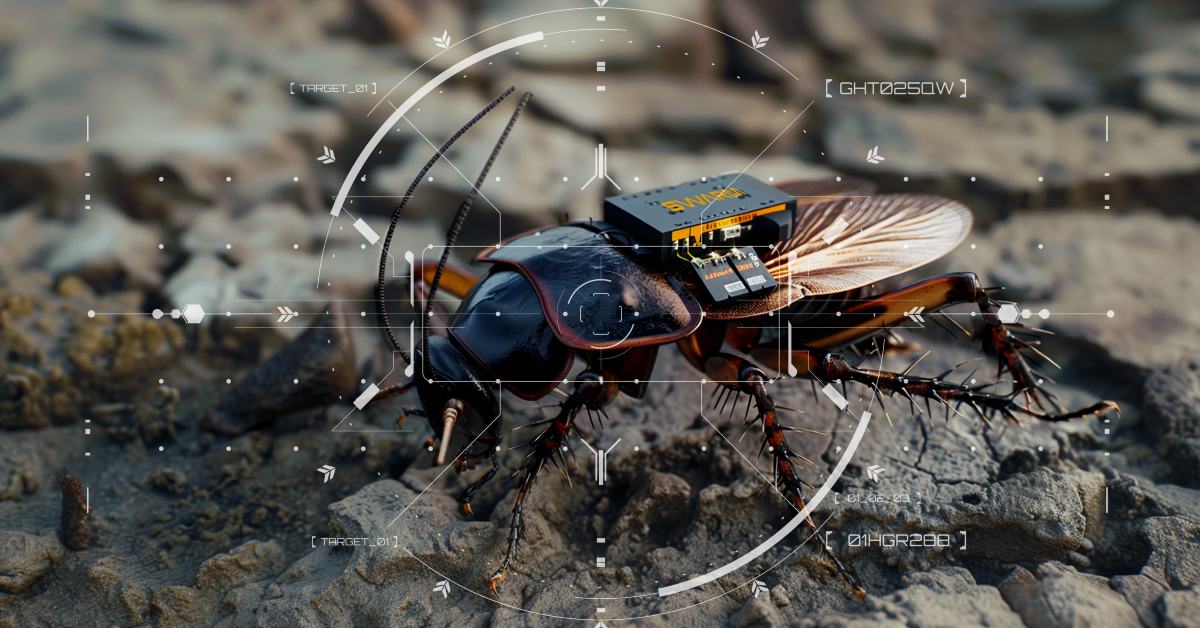
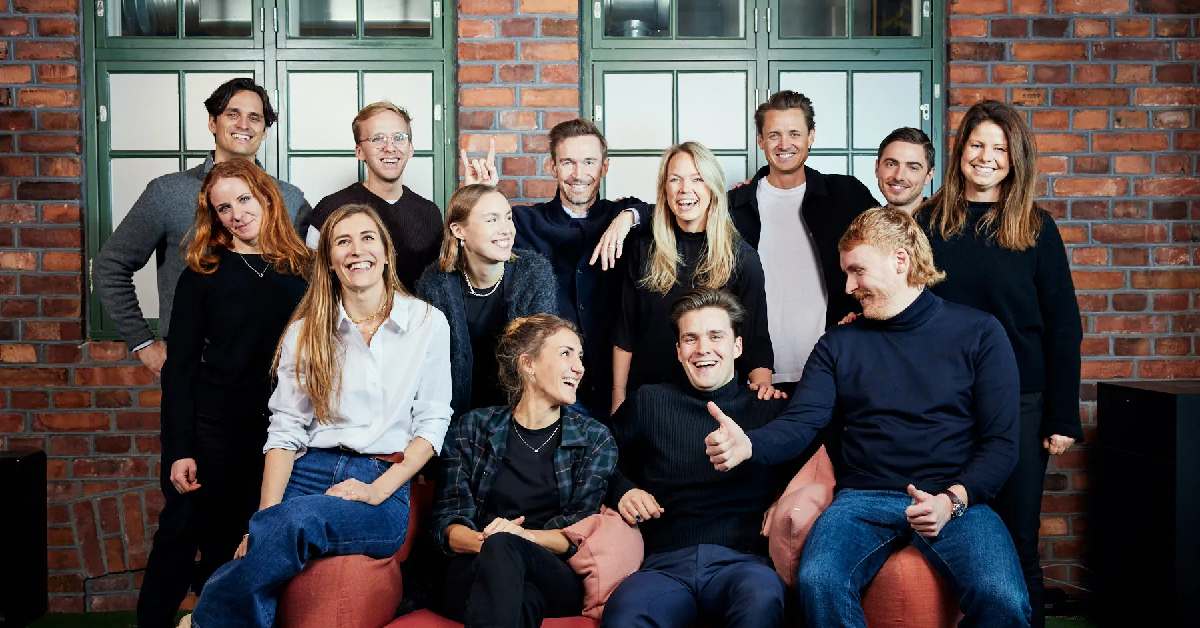


01
From Mexico City to Rotterdam: How the Dutch Startup Visa launched Estefania Hernandez’s HR tech revolution